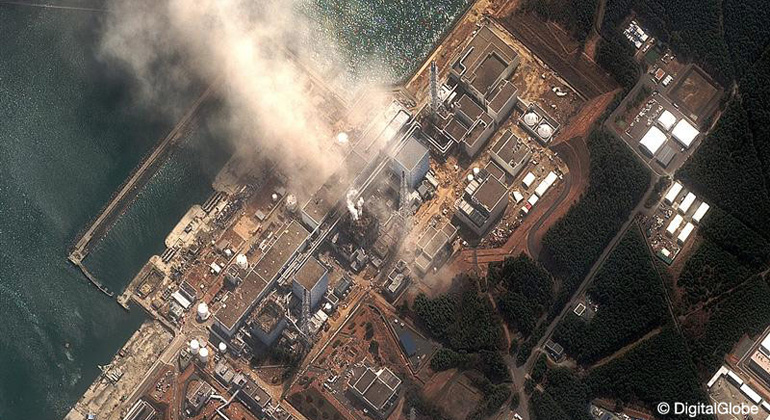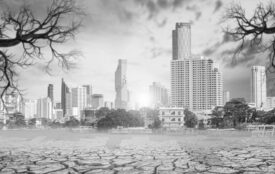Fukushima: What do we learn from disasters?
On 12 March 2011, Angela Merkel was sitting in front of the television and saw something that she, as a physicist, had previously thought impossible: a nuclear power plant in Fukushima, Japan, blew up.
Merkel, who had been a staunch supporter of nuclear energy for many years, decided to abandon it once and for all. In her memoirs, she writes self-critically: ‘In retrospect, advocating nuclear energy for energy policy reasons while trying to maintain social peace was doomed to failure from the outset, or at least it was like squaring the circle. I had failed to convince either the vehement supporters of nuclear energy or its opponents.’
It was only now, 25 years after Chernobyl, that the nuclear power advocate realised that it was high time to phase out nuclear energy. She told me about it a few weeks later during a conversation at the Chancellery. Just a few months earlier, her black-yellow coalition government had decided to extend the operating life of German nuclear power plants and buried the first red-green nuclear phase-out. It was to be an expensive detour.
On 11 March 2011 at 2:46 p.m. local time, an earthquake measuring 9 on the Richter scale hit northern Japan’s Honshu peninsula. A tsunami hit the coast shortly afterwards, with catastrophic consequences for the people in the region. Some of these consequences are still being felt today. More than 19,000 people died, 160,000 were left homeless, 120,000 buildings were destroyed and several hundred thousand buildings were severely damaged.
In blocks 1, 2 and 3 of the nuclear power plant, a power outage caused the reactor cores to overheat, resulting in a meltdown. Huge amounts of radioactive material were released and continue to cause radiation damage to this day. The then Japanese Prime Minister became an opponent of nuclear power and has since travelled the world as a speaker for the solar energy transition.
In Germany, the meltdown in Japan triggered a much larger political earthquake, the consequences of which are still being felt today. Two weeks after Fukushima, on 27 March 2011, the Greens won the state election in Baden-Württemberg and Germany decided to phase out nuclear power.
The ‘March Revolution’ of 2011 (Süddeutsche Zeitung) turned a government of nuclear supporters into a coalition of dropouts. Proof that people, even governments, are capable of learning.
Days that change everything usually start without warning. Who would have thought before Fukushima that a conservative government would put an end to nuclear energy? In the last ten years, many environmentalists in this country have never quite trusted Merkel’s nuclear phase-out. But the Chancellor kept her word.
Our neighbours in France have changed almost nothing. 70 per cent of the electricity there still comes from nuclear power plants. Will the French need a third Chernobyl before they phase out nuclear power? The real reason: if you build atomic bombs, you need nuclear power plants because that’s where the material for building atomic bombs is produced. A disastrous connection. The German phase-out was easier. The Fukushima disaster changed everything in this country. Germany has phased out nuclear power.
Although the AfD, a minority in the CDU/CSU and FDP still dream of a ‘renaissance of nuclear energy’, the former operators of nuclear power plants, with GOOD reasons to say ‘no’, the phase-out remains final. We have learned from the disaster. More than 50 years of protest against nuclear energy by millions of citizens has been successful. This is also exemplary for others – including Switzerland. In 2025, Germany is already producing over 60 per cent of its electricity from renewable sources.
Source
Franz Alt 2025 | Translated with www.DeepL.com/Translator | Foto: Digital Globe/CC BY-SA 3.0








